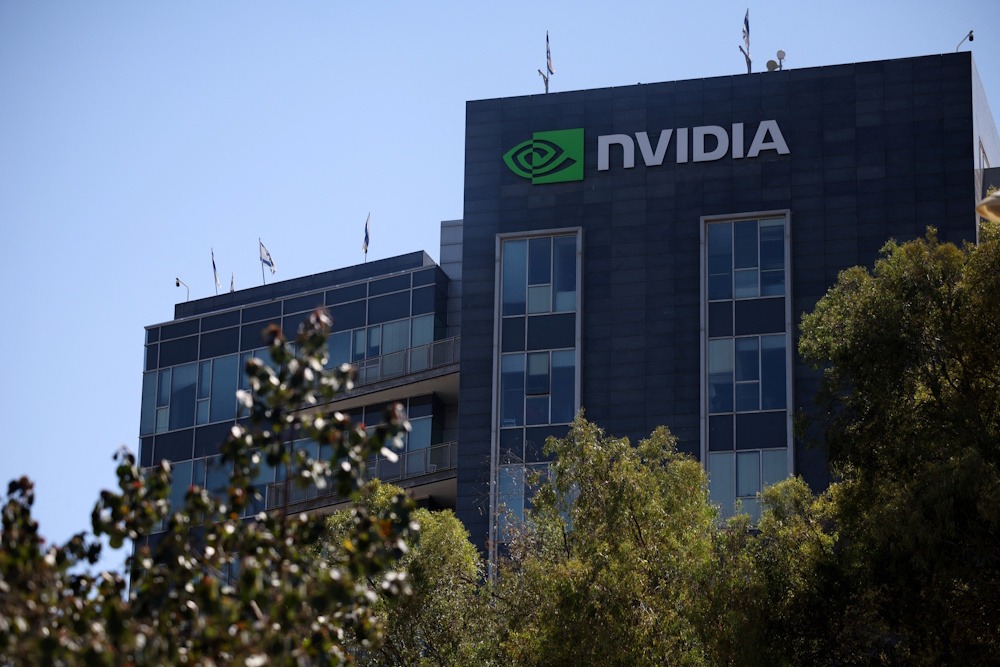
S&P Futures declined on Friday following a retreat in the market’s largest technology firms, resulting in a negative session for U.S. equities and positioning the major averages for a week of losses. Futures associated with the Dow Jones Industrial Average declined by 106 points, or 0.2%. S&P 500 futures and Nasdaq 100 futures each declined by 0.3%. Nvidia shares experienced a decline of nearly 1% in premarket trading, poised to contribute to their 7% loss for the week. Prominent competitor in the artificial intelligence sector, Oracle decreased approximately 1% and was likewise positioned for a 7% drop over the week. Palantir Technologies, down 12% on the week, and Broadcom, off by 4% this week, were also lower in early trading.
Key AI leaders experienced a decline on Thursday, with Nvidia and Advanced Micro Devices, Tesla, and Microsoft experiencing notable downturns that impacted the overall market. The decline in stocks was further intensified by data indicating that job cuts for October reached the highest level for the month in over twenty years, positioning 2025 as the most challenging year for layoffs since 2009. Major stock averages experienced a decline across the board in the previous session, with the tech-heavy Nasdaq Composite notably declining by 1.9%, with the 30-stock Dow finishing lower by nearly 400 points. The three benchmark indices are all experiencing declines this week, with losses building intermittently since Tuesday, when significant AI companies fell due to concerns regarding high valuations in the tech sector—factors that have also led to a market characterized by a high degree of concentration.
The S&P 500 is down 1.8% week to date, while the 30-stock Dow Jones Industrial Average and Nasdaq have experienced declines of approximately 1.4% and 2.8% during the period, respectively. Some market participants maintain optimism that a resolution to the protracted U.S. government shutdown, coupled with a possible interest rate reduction from the Federal Reserve in December, may ease the pressures on U.S. equities. Investors are closely observing the Supreme Court’s skepticism regarding the legality of President Donald Trump’s extensive tariffs, as well as the developments in third-quarter corporate earnings results. “There remains optimism for a year-end rally following the conclusion of the government shutdown and the resolution of the tariff situation.” We remain two weeks away from the significant Nvidia earnings report, and robust performance in that context could serve as a catalyst to reinforce the AI narrative.
“If that is followed by a December Fed cut, we may still go out on a high at year’s end,” stated Louis Navellier. “Corrections with these levels of gains are normal and to be expected, not something to panic over.” The Bureau of Labor Statistics is scheduled to release the nonfarm payrolls report on Friday. For the second consecutive month, it remains unable to achieve this due to the unprecedented U.S. government shutdown. Economists anticipated that the report would indicate a reduction of 60,000 jobs alongside a rise in the unemployment rate to 4.5%. The Senate is anticipated to cast its vote on Friday regarding the progression of a stopgap funding measure that has already been passed by the House. Senate Majority Leader John Thune expressed, “My hopes and expectations are always that we’re going to have enough Democrats to actually proceed, but I don’t know.” The current situation arises from the most extended federal funding lapse in history, which has already resulted in flight cancellations. Transportation Secretary Sean Duffy announced on Wednesday that he plans to reduce flights by 10% at 40 major airports. Air traffic controllers are currently performing their duties without compensation amid the ongoing shutdown.
